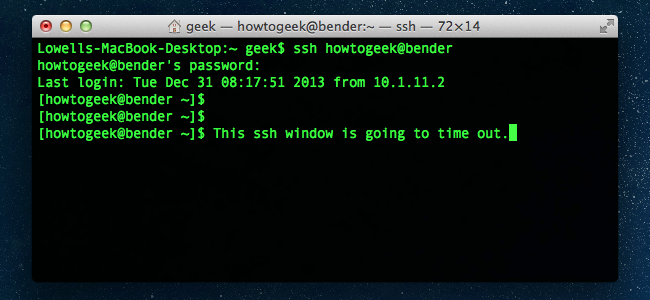

If you do not use SSH keys, you are prompted with each Podman command for your login password. On a Mac, you can automate this using ssh-copy-id.

You need to copy the contents of id_rsa.pub and append it to ~/.ssh/authorized_keys on the Linux server. To set up your SSH connection, you need to generate an SSH key pair by using the ssh-keygen command: $ ssh-keygenīy default, the public key is in your home directory under. The remote client works considerably smoother with SSH keys. Remote Podman uses SSH to communicate between the client and the server. If it is not currently enabled, use the following command: $ sudo systemctl enable -s sshd Set up SSH Package: conmon-2.0.86_64 Enable sshdįor the client to communicate with the server, you need to enable and start the SSH daemon on your Linux machine. Verify that the socket is listening with the following simple Podman command: $ podman -remote info You need to enable linger for this user for the socket to work when the user is not logged in.

You enable this socket permanently using the following command: $ systemctl -user enable podman.socket By default, the rootless socket listens at /run/user/$/podman/podman.sock. In these examples, we run Podman as a normal, unprivileged user (also known as a rootless user).
#C SSH FOR MAC INSTALL#
Install Podman using this command: $ brew install podman Create the first connection Enable the Podman service on the serverīefore performing any Podman client commands, you must enable the podman.sock systemd service on the Linux server.
#C SSH FOR MAC DOWNLOAD#
You can download Homebrew via the instructions on their site. The Mac client is available through Homebrew. Podman must be run at a command prompt using the Windows cmd.exe or PowerShell applications. The installer puts podman in the default user path. It removes the need to manually ssh-add keys with nonstandard names and stores key passwords if set in the macOS keyring.Once you have downloaded the installer, simply double-click it, and Podman client is installed. The following stanza can be adapted and placed in ~/.ssh/config. D prevents ssh-agent from forking, and -a ~/.ssh/agent directs the agent to create a socket file at that location that is referenced in $SSH_AUTH_SOCK. It runs the command /usr/local/bin/ssh-agent -D -a ~/.ssh/agent.
#C SSH FOR MAC GENERATOR#
This plist was created using the launchd plist generator over at zerowidth. usr/local/bin/ssh-agent -D -a ~/.ssh/agentĪnd load it with launchctl load -w ~/Library/LaunchAgents/_ist. If you do, you can load it directly to the ssh-agent using ssh-add -K, or write the key handle and public key to disk using ssh-keygen -K It is your choice whether to use a resident key. For this reason, a good pin is important. Additionally, it may reduce the security of your ssh key as they could use it if they steal the hardware device. However, your key may or may not support it and only a limited number of resident keys may be stored on a device. The private key file is actually a key handle that cannot be used without the hardware token, however, the hardware token can also not be used without the key handle.Ī resident key solves this problem by storing the key handle on the device. When generating the key, ssh-keygen will create private and public key files that look similar to normal ssh key. If not, use options 3 or 4.Ī U2F attestation requires a key handle to be sent to the device. You must choose if you want to store the key handle as a resident key on the device. If it does not work due to device incompatibilities, fall back on ecdsa-sk (Options 2 or 4) You must choose between ed25519-sk and ecdsa-sk.
#C SSH FOR MAC FULL#
Using it on macOS with full support for ssh-agent is a bit more complex. SSH 8.2 introduced support for using any U2F key in place of a private key file.


 0 kommentar(er)
0 kommentar(er)
